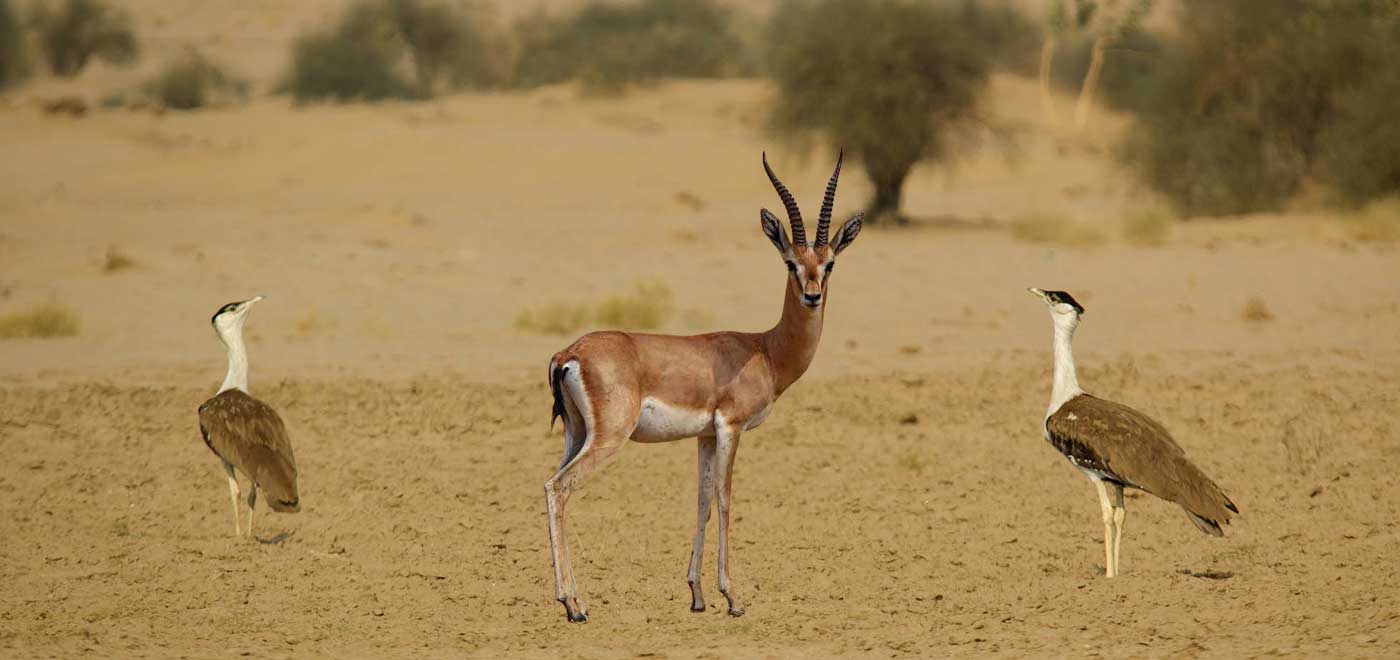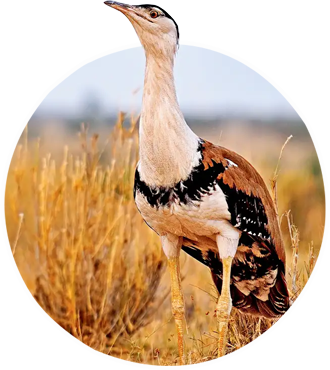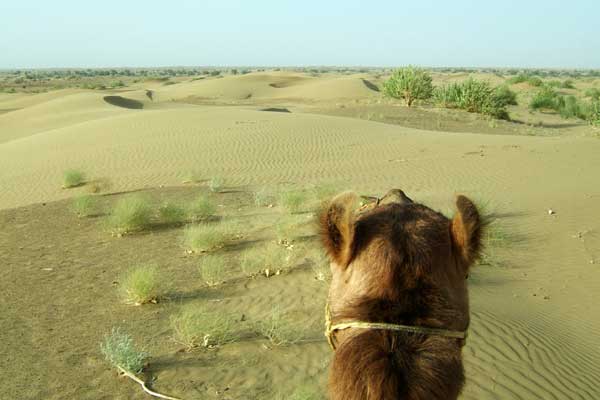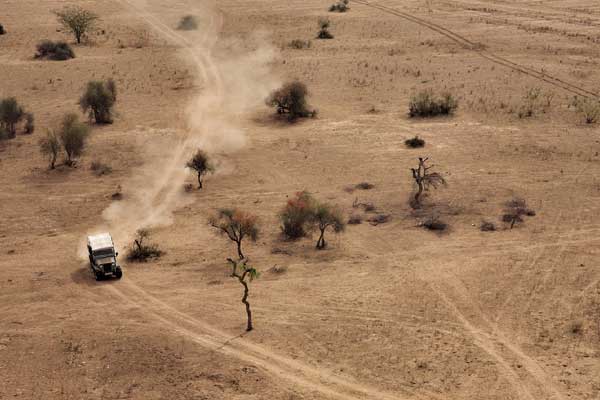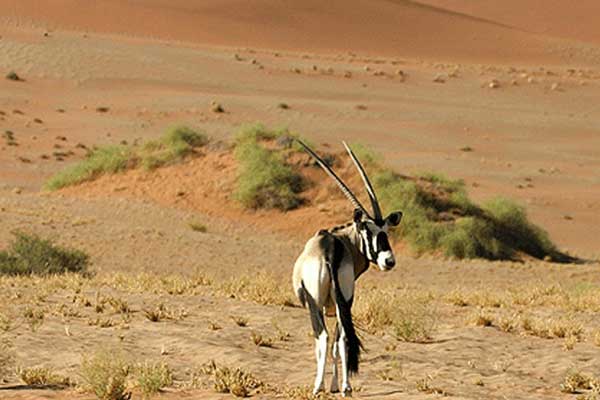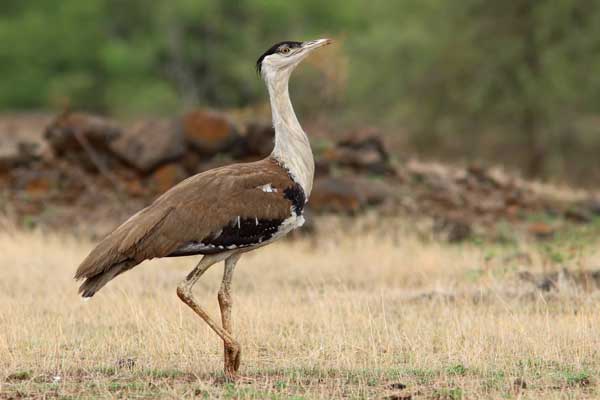Welcome to Desert National Park
Jaisalmer Desert National Park is a protected area located in the state of Rajasthan, India. It is a desert ecosystem that covers an area of about 3162 square kilometers and is located in the Thar Desert. The park was established in 1993 and is home to a variety of flora and fauna adapted to the harsh desert environment.
The Jaisalmer Desert National Park is known for its unique and diverse wildlife, including the Indian gazelle, chinkara, desert fox, wolf, and desert cat. The park is also home to several species of birds such as the great Indian bustard, Indian skimmer, and vultures.
In addition to wildlife, the Jaisalmer Desert National Park is home to several historical and cultural landmarks such as the Kuldhara village, which is an abandoned village that dates back to the 13th century. The park also offers various adventure activities like desert safari, camel rides, and camping.
Visitors can explore the Jaisalmer Desert National Park through guided tours, which are available throughout the year. The best time to visit the park is from October to March when the weather is pleasant and wildlife sightings are more frequent. Overall, the Jaisalmer Desert National Park is a must-visit destination for nature and adventure enthusiasts who want to experience the unique ecosystem of the Thar Desert.
Activities at Desert Desert National Park
The Desert National Park is an excellent example of the ecosystem of the Thar Desert and its rich fauna. The Sudashri forest post is the most ideal place for observing wildlife in the Desert National Park. Sand dunes form less than 20 percent of the Park, which consists of craggy rocks, pavements and compact salt lake bottoms, intermedial areas and fixed dunes. Its inhabitants include the blackbuck, chinkara, wolf, Indian fox, desert fox, hare and desert cat. Flights of sandfrouse start coming to waterholes from sunrise onwards. One also hear the morning call of the grey partridge. Blue tailed and green bee-eaters, drongos, common and bush quail and Indian rollers are birds, which are commonly found around waterholes. The park is also home to the great Indian Bustard which is peril of extinction.
 +91 9799050299
+91 9799050299 

